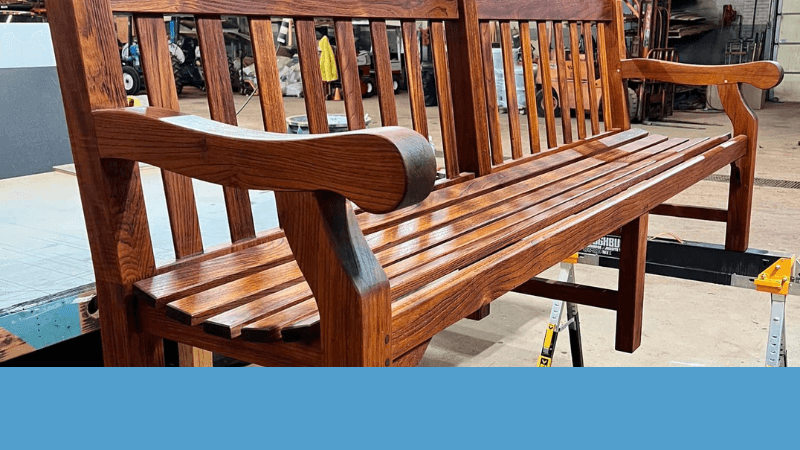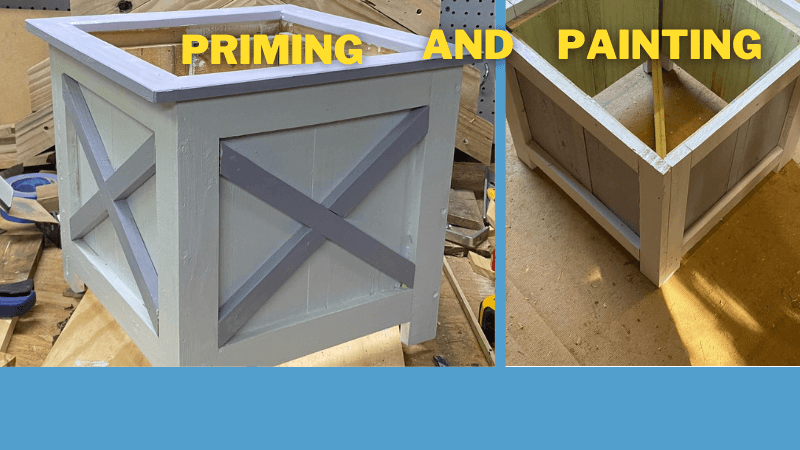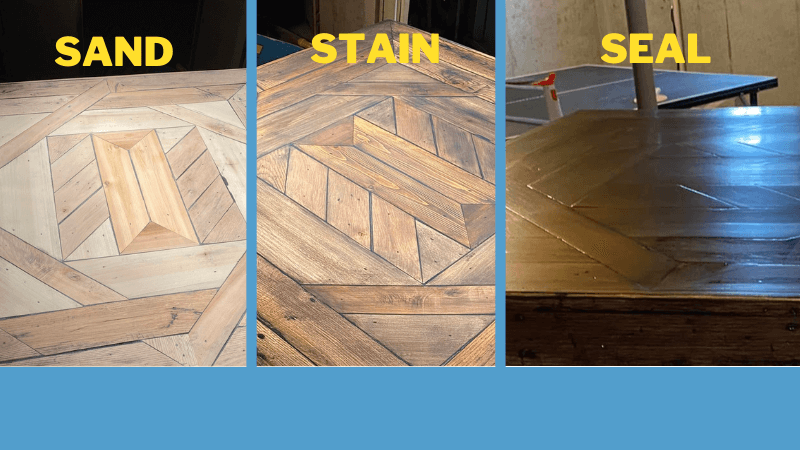Welcome, fellow wood enthusiasts! Today, we’re delving into the wild world of outdoor wood finishing – a topic that’s as confusing as it is hilarious! Seriously, folks, there are so many “bro-science tips” out there that even using boiled linseed oil to treat outdoor wood seems like a sane suggestion.
But hold on, we can’t let our precious patio furniture be at the mercy of these DIY hacks. Let’s talk about real protection for our outdoor wood because as we all know, the great outdoors can be a brutal place!
Recommended Reading
Treating pine for outdoor use
Treating Cedar for the harsh outdoors
Cedar is one of the most durable softwoods out there, belonging to the majestic conifer family. Just because cedar is considered durable, doesn’t mean it can survive the harsh outdoor elements without proper treatment. Let’s face it, Mother Nature can be a real pain in the you-know-what, and we don’t want our cedar to degenerate before its time.
So, what’s the secret to keeping our cedar in tip-top shape? Drumroll please…the best treatments that actually work are paint, polyurethane, or a combination of stain and sealer (preferably polyurethane). lets look a each choice closely.

Best finish for outdoor cedar furniture
The best finish for the outdoors is paint. Let’s face it, folks, paint has been a trusted protector of homes for centuries, and for good reason. There’s no other finish out there that’s as durable and easy to apply as good old paint. And when it comes to protection, durability is key. When it comes to protection, durability is the name of the game.
But, let’s not forget the importance of ease of application. You see, a finish’s durability is only as good as its application. Even the best finish in the world won’t last if it’s applied incorrectly.
How to paint cedar wood
Before choosing a paint for your cedar wood project, it’s essential to understand that cedar wood contains aromatic oils that naturally protect it against pests and rot. However, these oils can also interfere with the adhesion of some finishes, leading to a subpar result. The solution to this problem is to use oil-based paints, which are specially formulated to adhere to the natural oils in cedar wood.

Priming Cedar wood
Cedar wood is naturally porous, which means it can absorb a significant amount of paint if applied directly to bare wood. To prevent this from happening, it’s essential to seal the cedar with a high-quality wood primer before applying any paint.
Once you have applied the primer, it’s important to allow it to dry completely before sanding it down with a 220-grit sandpaper. This step ensures that the surface is smooth and ready to receive the first coat of paint.
Painting cedar
After priming and sanding the cedar, it’s essential to ensure that the surface is clean and free of any debris before proceeding with painting. This can be done by wiping the surface down with a clean, damp cloth or a tack cloth. Once the surface is clean, you can begin applying your paint using the applicator of your choice.
It’s generally recommended to apply at least two coats of paint to ensure a durable and long-lasting finish. Applying only one coat can lead to premature wear and require more extensive refinishing down the line.
Staining and sealing cedar

Staining is a cost-effective and visually appealing way to enhance the appearance of wood. It can transform inexpensive and plain-looking woods into rich and exotic ones, without obscuring their natural grain and figure. However, it’s important to note that stains alone do not provide protection against the elements. To safeguard the wood, a protective topcoat sealer is necessary.
While there are stain-sealer combos available in the market, it’s better to apply the stain and sealer separately, especially for porous wood. This allows for greater control and a better end result that looks more professional.
If you’re considering staining your wood, I would recommend using a deck sealer as a stain, followed by a topcoat of polyurethane. This combination will not only protect the wood from the elements but also enhance its appearance and durability.
Key Takeaways: how to finish cedar for outdoor use
- Cedar wood is durable but requires proper treatment to withstand harsh outdoor elements.
- The best finishes for outdoor cedar furniture are paint, polyurethane, or a combination of stain and sealer (preferably polyurethane).
- Oil-based paints are recommended for cedar wood due to its natural oils that can interfere with adhesion.
- Priming with a high-quality wood primer is necessary to prevent the absorption of paint and ensure a smooth surface.
- Two coats of paint are recommended for a durable and long-lasting finish.
- Stains are a cost-effective way to enhance the appearance of wood but require a protective topcoat sealer for defense against the elements.